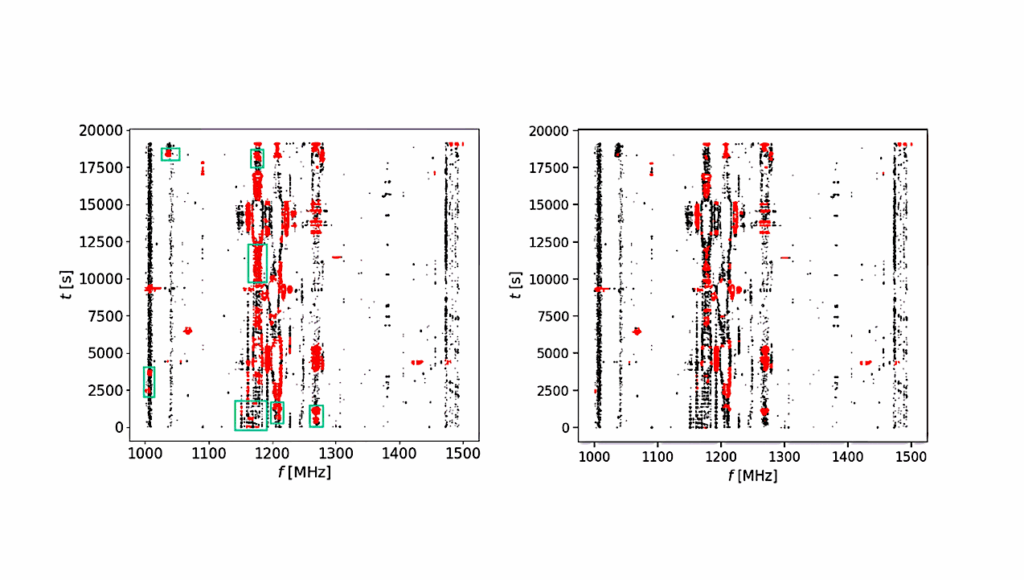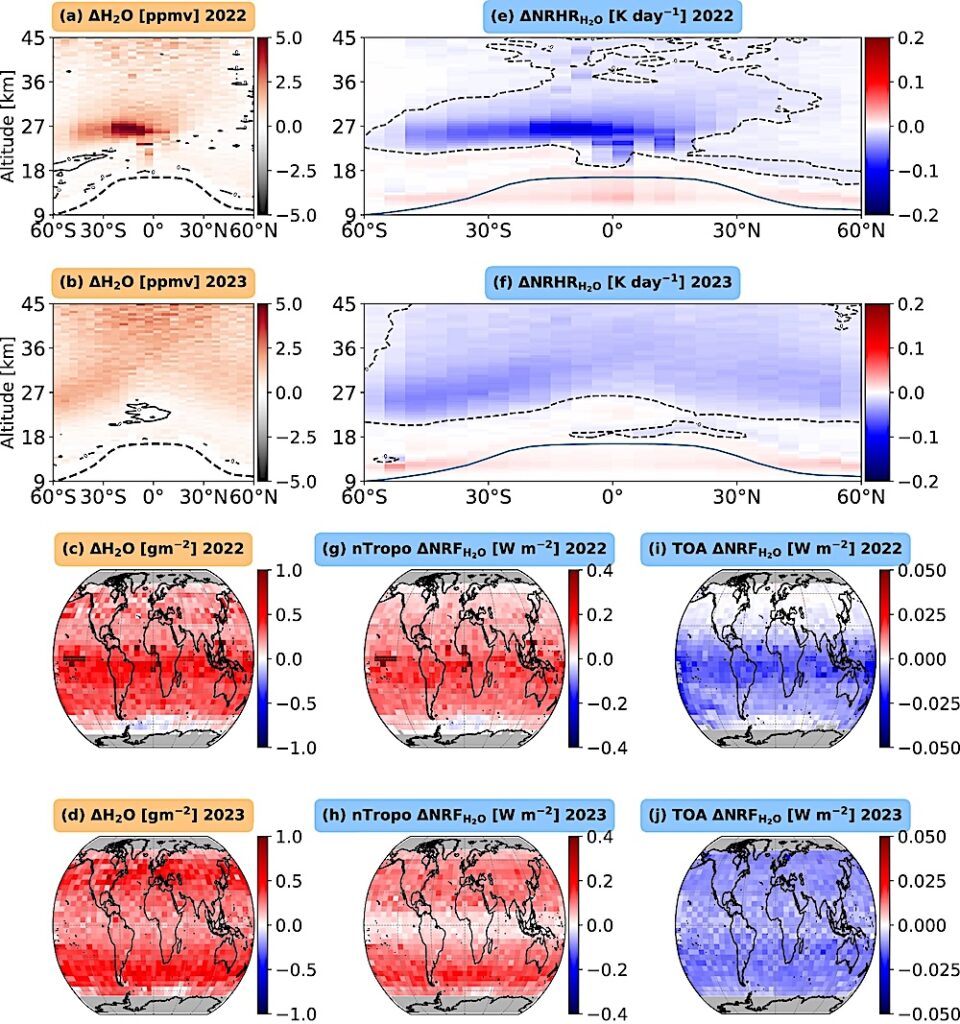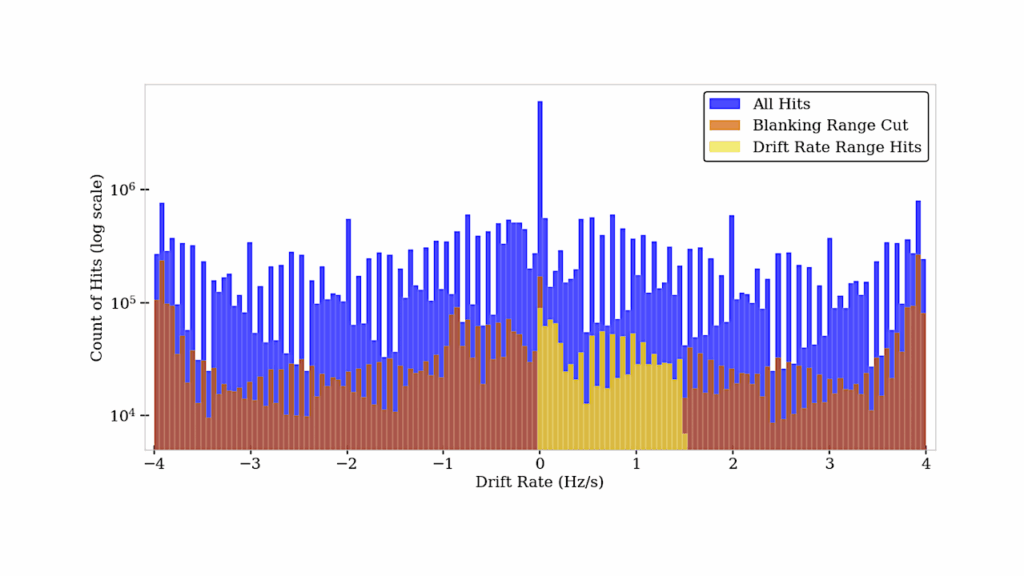Debris Disks and the Search for Life in the Universe

Circumstellar debris disks are the extrasolar analogues of the asteroid belt and the Kuiper belt. They consist of comets and leftover planetesimals that continuously collide and produce circumstellar dust that can be observed as infrared excess or in resolved imaging.
As an obvious outcome of the planet formation process, debris disks can help us constrain planet formation theories and learn about the history of our own solar system. This thesis presents observational studies of secondary gas in debris disks. It also discusses the astrobiological potential of debris disks created during impact events onto exoplanets.
Gianni Cataldi
(Submitted on 28 Apr 2016)
Comments: PhD thesis
Subjects: Earth and Planetary Astrophysics (astro-ph.EP)
Cite as: arXiv:1604.08540 [astro-ph.EP] (or arXiv:1604.08540v1 [astro-ph.EP] for this version)
Submission history
From: Gianni Cataldi








